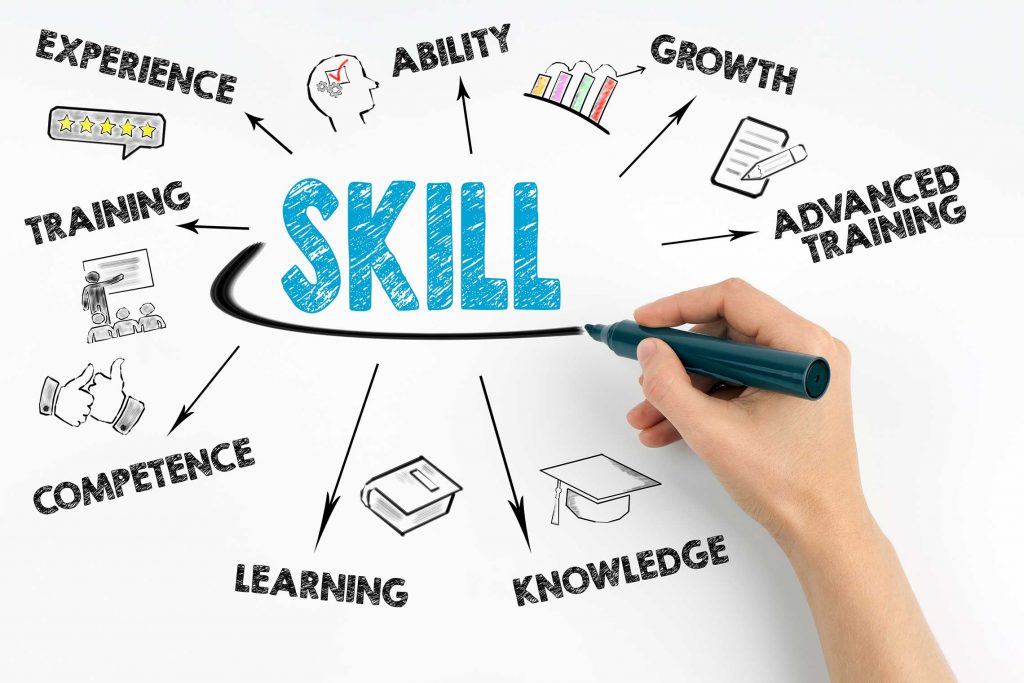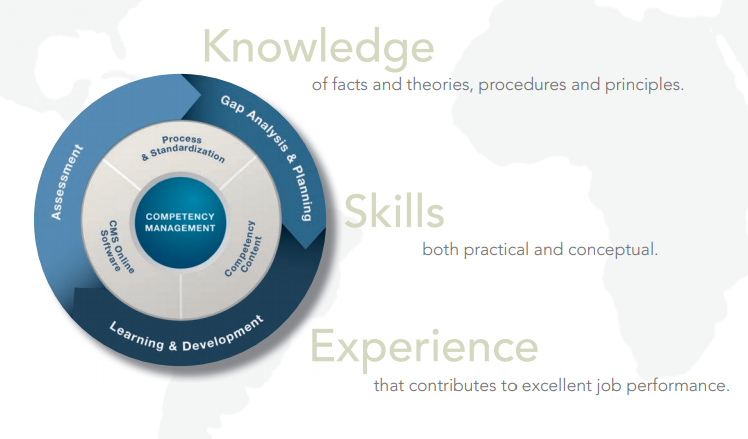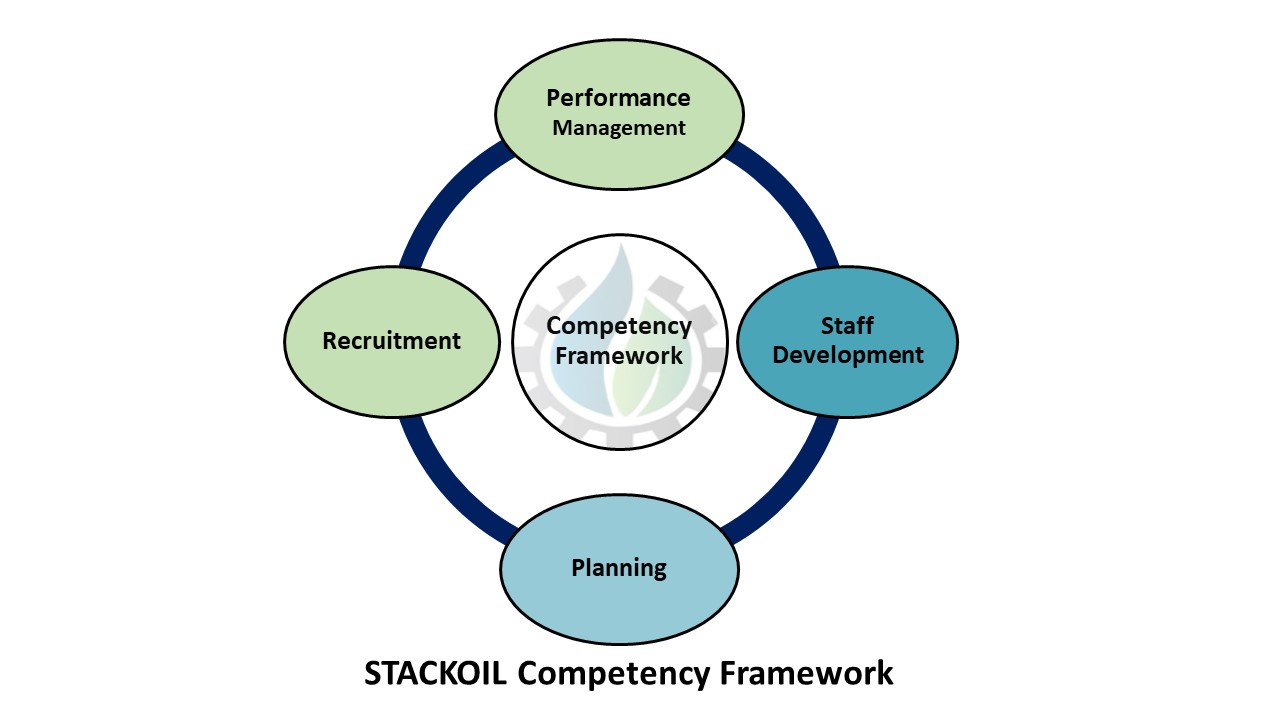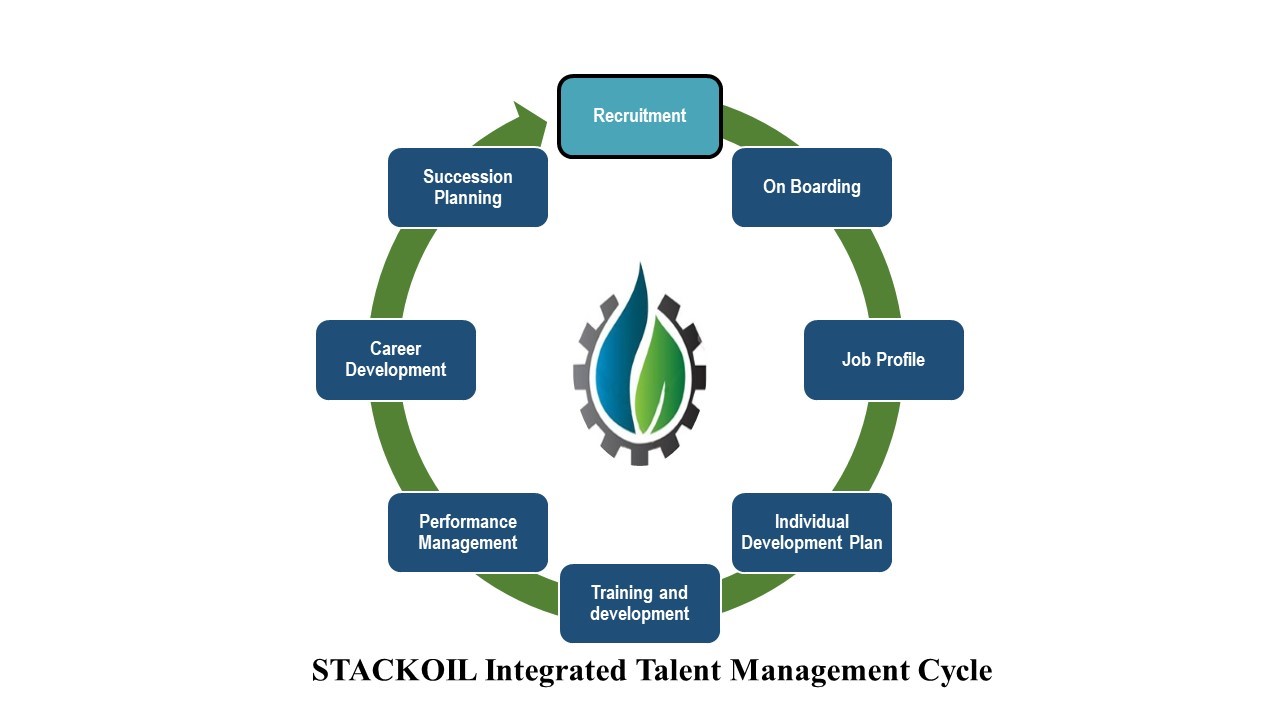Our Goals are to help organizations in building world class workforces; hence Competency Management becomes an essential tool.
We believe that Employees are Company’s most valuable asset. Hence, we are committed to provide our clients with complete and pragmatic Competency Management Solutions, built on a sound understanding of different organizational business needs and requirements, to ensure they meet their strategic objectives and maximize their workforce potential.
Many petroleum companies are turning to competency management to help them implement and manage a competent workforce solution. A competent workforce can be described as one that has demonstrated, through an audited assessment, that all employees have the skills at the appropriate level of competency necessary for effective performance in their respective jobs.
What is a Competency?
A competency is a set of defined and observable skills, knowledge, abilities, and behaviors required to perform a specific job consistently at a given level of professionalism.
A job competency model is a collection of competencies that defines a specific job or job function.
- Knowledge means something you KNOW as a result of learning or education.
- Skill means something that you can DO as a result of being trained.
- Behavior means the WAY you do something.
What is Competency Assurance System?
Competency assurance is the clearly defined process of establishing the competencies, assessments, and access to training utilizing consistent and objective standards across the organization. The main premise behind competency assurance is to ensure consistency and equal application of how the tool is built, utilized, and maintained. In addition, competency assurance ensures assessments are rigorously implemented by qualified assessors and results are substantiated through the collection of evidence.
Also, it is a framework within which competence is defined, measured and captured. The competence framework may be very comprehensive and can support and co-ordinate all functions related to the recruitment, development and management of the workforce.
What are the purposes of the competency assurance system?
-
- Satisfy all stakeholders (shareholders, management and venture partners) that valid and reliable controls are in place to ensure competent personnel carry out all tasks, especially safety critical activities.
- Ensure the competence of staff is assessed and verified by qualified and high seniority personnel, using defined procedures and approved standards of competence.
- Provide a means by which further development needs are identified.
Technical operations team has to demonstrate their abilities to perform their roles in the fields or in the office against the proficiency levels for each specific competence in their Job Competence Profiles (JCPs).
Competency Frame Work
The Operation Competence Framework is a structured document that captures the competencies that have been identified to drive personal and professional success within the operations skill pool.
This framework outlines the common development needs across the organization in order to generate and implement appropriate learning and development solutions within operation departments.
The framework aims at putting a structured program that help operations employees from entry level and up to Field Manager level in order to develop their technical and business abilities.
Factors that affect the CAMS model selection:
Each organization must put in place a Competence Assurance system which suits its own needs and objectives. A number of factors need to be considered when selecting an appropriate system:
- How comprehensive is the system to be – is it to cover competence only, or is competence measure to be incorporated into a greater integrated system.
- Is it a requirement for competence to be measured globally against the same measure?
- Is competence measure to be site-specific or individual-specific i.e. will it change from site to site, or between individuals?
- Is the system to be based on the use of formal nationally recognized awards as the result of competence being measured and captured?
- Is the competence system to be in use stipulated by a client or shareholder?
- Is the system to be in use to be paper-based or electronic?
How do Competencies Differ from Performance?
Competencies are the skills, knowledge, abilities, and behaviors required to perform a specific job. By using a proficiency scale, competencies indicate if a person meets certain criteria and how well a person demonstrates the ability to do a job. By contrast, performance measures output, e.g., how well a person completes a specific task and adds value to the organization.
What is Talent Management?
In simplistic terms, talent management is how an organization builds and mobilizes talent across the organization. Research has shown companies that engage in an integrated talent management strategy provide for greater learning and development opportunities and individual career management inevitably leading to lower turnover rates.
Talent management includes the strategic components of the lifecycle of an employee engaging in a new job, either new to an organization or newly promoted within an organization. Typical talent management phases include:
-
- Recruitment
- Onboarding
- Job Profiles (Job analysis, Job design, Job Description, Compensation, Competencies)
- Learning Plans (Individual Development Plans)
- Training and Development
- Performance Management (Job Evaluation)
- Career Development
- Succession Planning.




